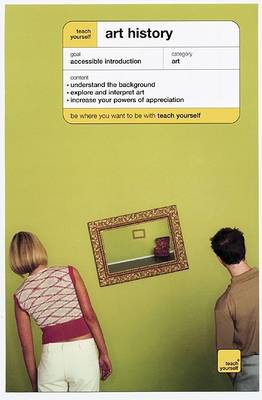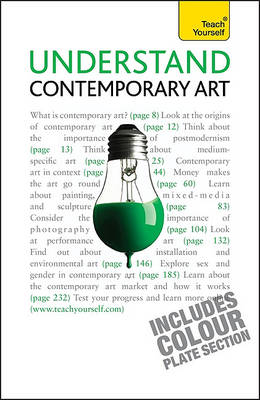Teach Yourself (McGraw-Hill)
2 total works
This book is ideal as an introductory reader for people about to study Art History or thinking about it, or for people who enjoy looking at art and have a strong interest but feel they could gain more from looking if they understood more.The basic aims of the book are:- to offer a succinct, up-to-date and relevant introduction to Art History for the general reader.- to provide an accessible introduction to different ways of looking at and understanding paintings: form, social and historical contexts, representation of gender, psychology of the artist at the time of painting, etc.- to provide a reference for key terms and definitions in Art History for those new to the subject.- to offer ways of seeing and interpreting paintings in a gallery/museum context.Using painting as the basis for example and exploration, the book assumes no prior knowledge of the subject, other than a willingness to look and consider some of the ideas and perpectives it puts forward.The 16-page colour section and black-and-white images and illustrations have been carefully selected and cross-referenced to support the text.This book will encourage and guide you to different ways of exploring the visual and intertpreting art, so you get more out of any course of study or visits to galleries and museums.
Unravel the contemporary art scene Whether you love it or loathe it, contemporary art is bound to provoke a reaction. Is it all about shock and sensation? Does it have to be either profound or trivial? Is the contemporary art market over-inflated and ready to burst or is it still soaring? "Teach Yourself Contemporary Art" delves deep into the contemporary art scene, asking all of these questions and more. It begins by putting contemporary art into context, considering its pre-history and development and moves on to explore the different forms of contemporary art including installation, land and environment art and video, film and digital media. The key personalities, recurrent themes and controversial competitions are all discussed in detail, as is the changing role of museums and galleries and the contemporary art market. Whether you want to hold your own at the snootiest of arty parties or need to study art as part of a course, this book is an objective guide that uncovers all.

